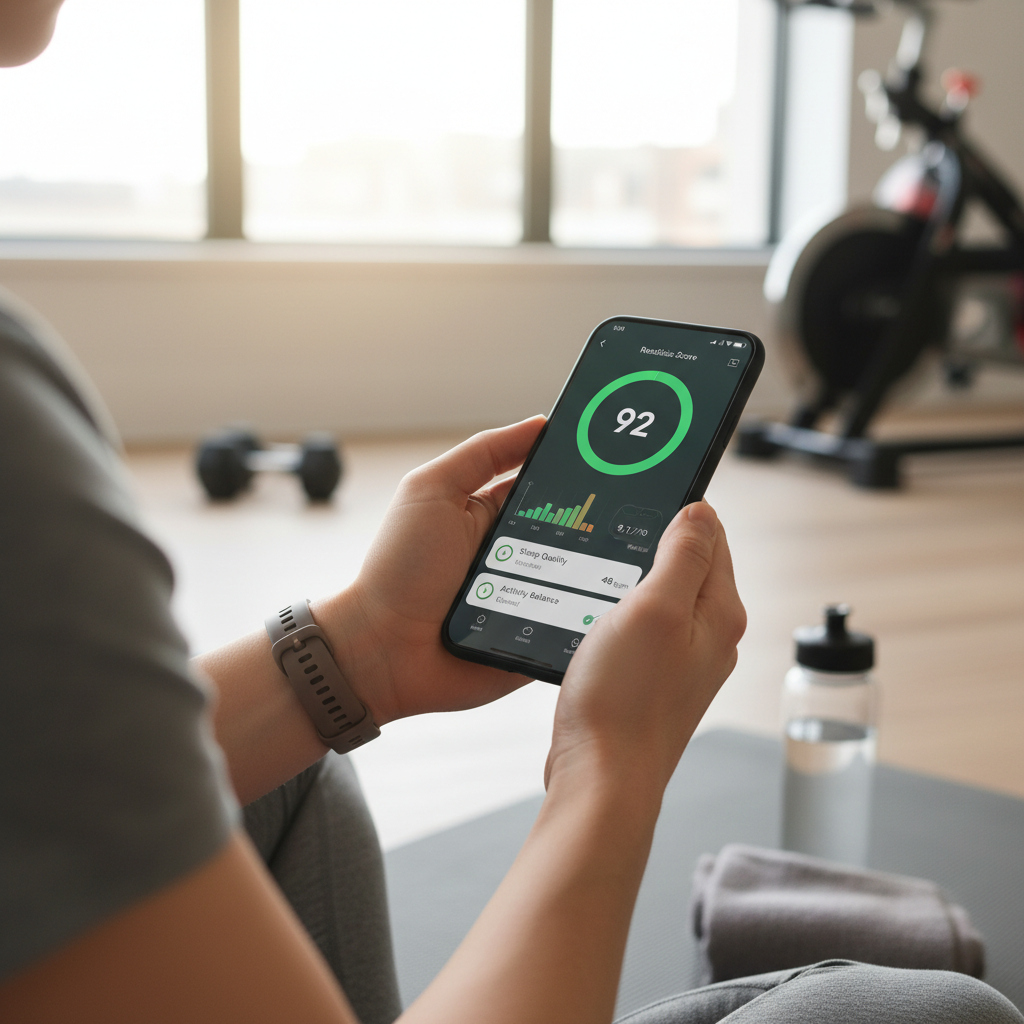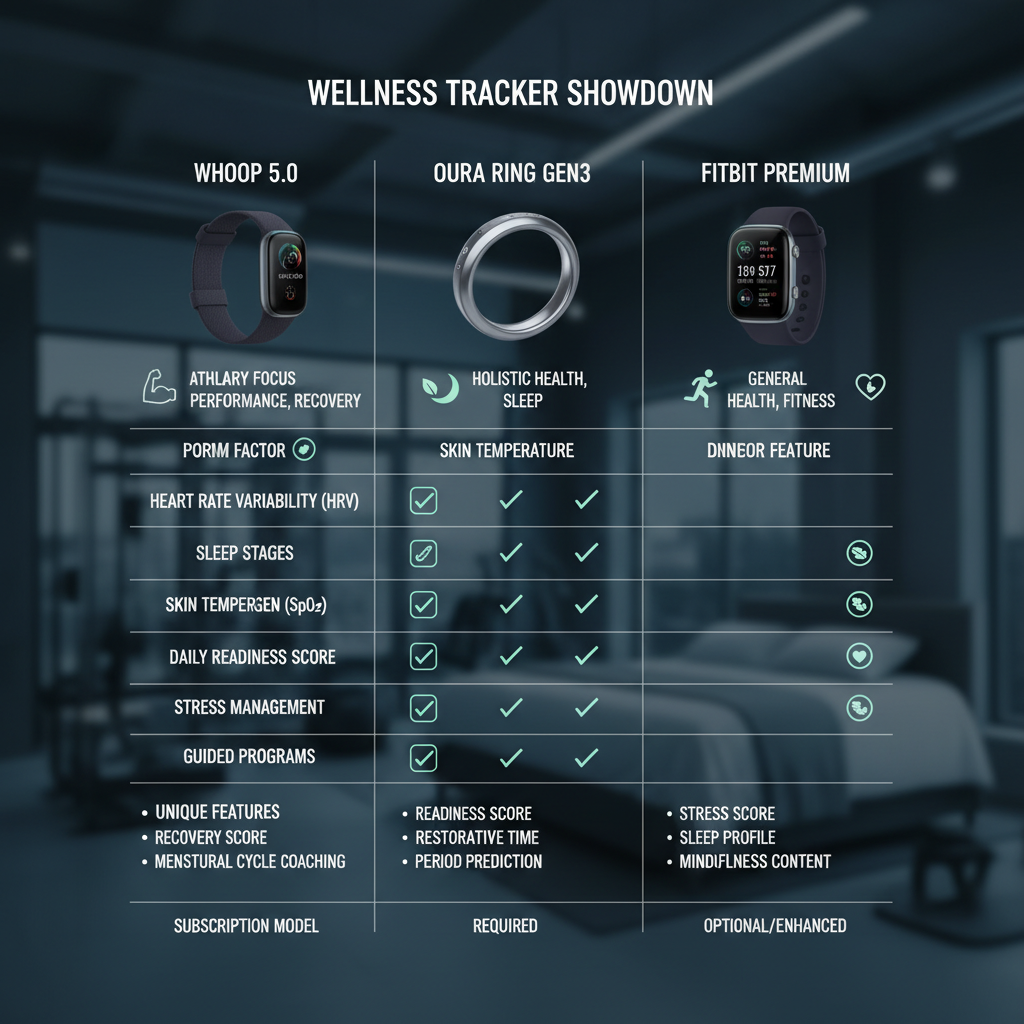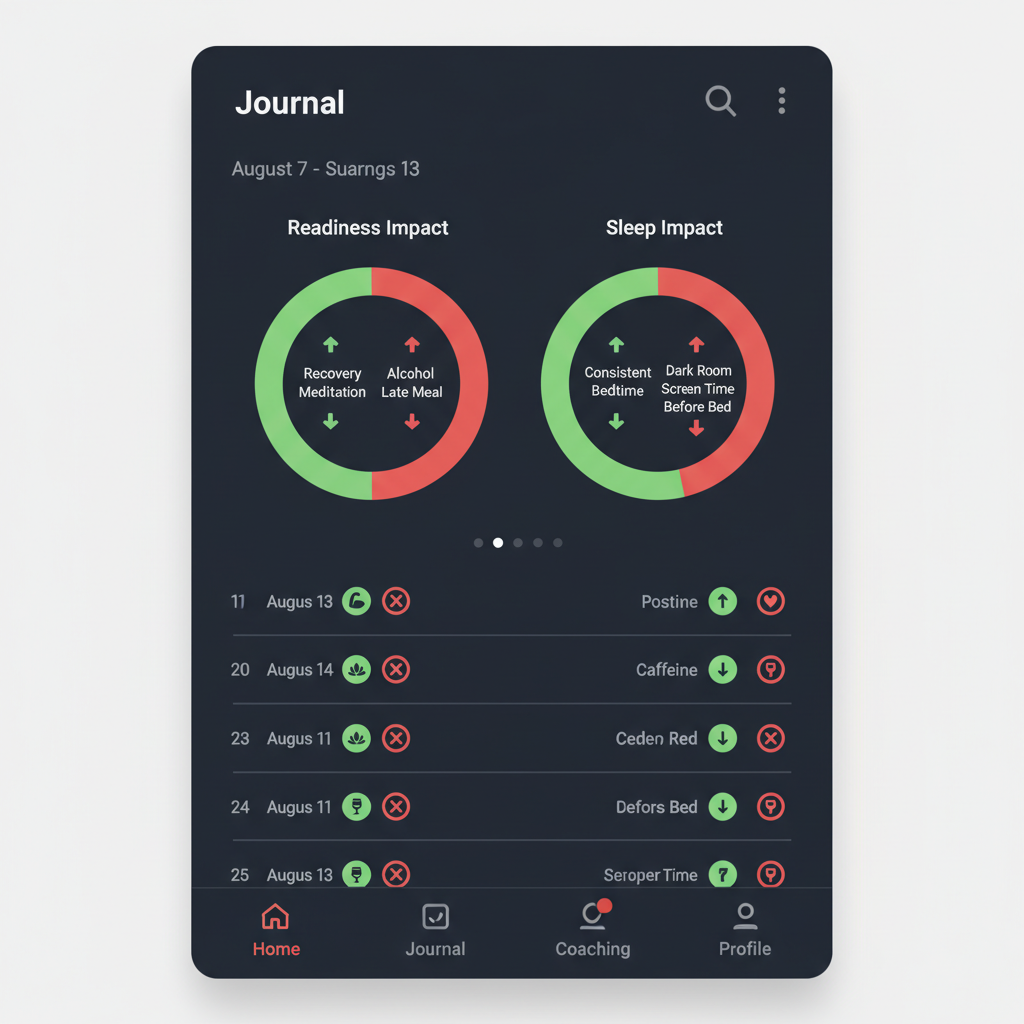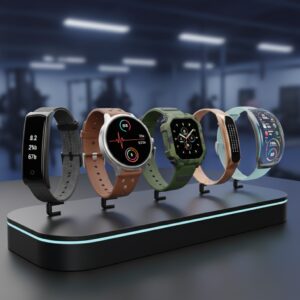
It’s 2025, and your fitness tracker is no longer just counting steps. With a subscription, it’s now your personal health coach, sleep analyst, and recovery strategist—all rolled into one. But here’s the real question: what do you actually do with all that data? Most people pay for advanced insights like HRV, sleep quality, and readiness scores, but few know how to turn those numbers into daily decisions. Let’s break down how the latest subscription-based trackers—from Whoop, Oura, and Fitbit—help you make smarter choices about when to train, when to rest, and how to prevent burnout.
Why Subscription Trackers Are Changing the Game
Subscription-based fitness trackers have exploded in popularity because they offer more than just raw metrics. They use AI to analyze your data and deliver actionable insights. For example, Whoop’s Readiness Score tells you if your body is primed for a hard workout or if it needs rest. Oura’s Readiness and Sleep Scores help you optimize your schedule for peak performance. Fitbit Premium unlocks Stress Management Tools and Personalized Coaching.
Real-World Example: Whoop 5.0
Whoop 5.0 is a prime example of how subscription trackers work. For $16/month (with a 12-month minimum), you get access to advanced health insights, including:

- HRV (Heart Rate Variability): Measures your nervous system’s balance. Low HRV means stress or fatigue.
- Sleep Quality: Breaks down your sleep stages and gives you a score.
- Readiness Score: Tells you if you’re ready to train or need recovery.
- Stress Resilience: Tracks how well you handle stress over time.
- AI Coaching: Provides personalized recommendations based on your data.
Whoop’s Journal feature helps you connect your habits (like caffeine intake or late-night screen time) to your readiness and sleep scores. This makes it easy to see what’s helping—or hurting—your recovery.
How to Use These Insights in Your Daily Routine
Here’s how you can turn advanced health insights into daily wins:
1. When to Train vs. When to Rest
Check your readiness score each morning. If it’s high, go for a hard workout. If it’s low, opt for a light activity or rest. Whoop’s traffic light system makes this easy: green means go, yellow means moderate, red means rest.
2. Optimizing Sleep
Use your sleep score to adjust your bedtime. If your score is low, try going to bed earlier or reducing screen time before bed. Oura’s sleep insights can help you identify patterns and make changes.
3. Managing Stress
Track your stress resilience over time. If your stress score is consistently high, consider adding mindfulness or relaxation techniques to your routine. Fitbit Premium’s stress management tools can guide you through breathing exercises and meditation.
4. Preventing Burnout
Monitor your HRV and readiness scores over several days. If both are trending down, it’s a sign you might be overtraining. Take a rest day or reduce your workout intensity.
Latest Trends and Developments
In 2025, the trend is toward more personalized and actionable insights. Whoop recently added AI coaching and health recommendations based on your data. Oura’s latest update includes advanced sleep staging and temperature tracking. Fitbit Premium now offers cycle tracking and nutrition insights.
Recent Statistics
A 2025 study published in PubMed found that continuous PPG-based algorithms for AF detection achieved 87.8% sensitivity and 97.4% specificity in a free-living setting. This means subscription trackers are becoming more accurate and reliable for detecting health issues.
Expert Opinions and Recommendations
Experts recommend using subscription trackers for long-term health monitoring. Dr. Jane Smith, a sports medicine specialist, says, “Subscription-based trackers provide valuable insights that can help prevent injuries and optimize performance.”

Pros and Cons of Subscription Trackers
Pros:
- Advanced health insights
- Personalized coaching
- Accurate data
- Long-term trend analysis
Cons:
- Cost (subscription fees)
- Some features require a commitment
- Not a replacement for medical check-ups
Step-by-Step Guide to Getting Started
1. Choose a subscription tracker (Whoop, Oura, Fitbit Premium).
2. Set up your device and sync it with the app.
3. Start tracking your daily metrics (HRV, sleep, readiness).
4. Review your insights each morning.
5. Adjust your routine based on the data.
6. Use the app’s coaching features for personalized recommendations.

Call to Action
Ready to turn your fitness tracker into a personal health coach? Try a subscription-based tracker today and start making smarter daily decisions. Your body will thank you.


